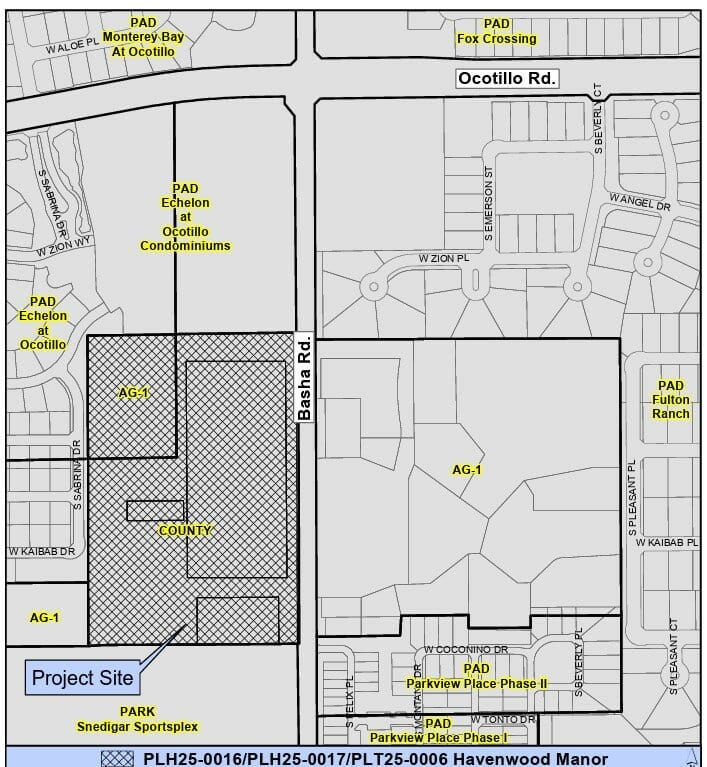The Monday Morning Quarterback
A quick analysis of important economic data released over the last week
By Elliot D. Pollack & Co. | Rose Law Group Reporter
A disappointing U.S. jobs report for August was the dominant indicator released last week, with 235,000 jobs added when over 700,000 were expected. In any other year, this would have been a solid result, but the U.S. still has 5.3 million jobs to add to even get back to pre-pandemic levels. The main culprit was the fact that the leisure and hospitality sector added no new jobs after averaging 350,000 new jobs per month for the last six months. Retail also lost jobs. This is the COVID-19 Delta variant’s impact on the U.S. recovery. Barring future shutdowns, this is the likely impact of any potential future surges of COVID-19. These surges have the ability to dampen growth but should not grind the economy to a halt like we experienced last year with government intervention. There is still a lot of pent-up demand to keep the recovery moving if consumers are allowed to spend their earnings and savings. Vaccinations, as well as improvements in treatment and prevention, can limit future surges and keep the economy running as smoothly as possible.
There were also positives in the latest jobs report. The last two months of job growth estimates were revised upward by 134,000 jobs. Wages have continued to increase, the unemployment rate fell to 5.2%, more part-time workers were able to find full-time employment, and initial claims for unemployment continue to shrink. There was also a record low number of lay-offs. This points again to the fact that employers in heavily COVID-impacted industries pushed pause on hiring due to the Delta variant but did not initiate layoffs.
Consumer confidence also took a hit in the month of August. Respondents of the survey pointed to a number of factors, including the fatigue from the ongoing pandemic and the latest Delta variant surge, continuing inflation, the events in Afghanistan, and extreme weather events such as hurricanes all contributed to the reported level.
Finally, here locally, Case-Shiller provided yet another data point confirming the incredible rise in home prices in Greater Phoenix. The metro area led the nation in their index by showing 29.3% annual growth in home prices. Sky Harbor activity was also positive, with higher enplanements in July 2021 than July 2019 and only 1% lower in deplanements. Year-to-date activity is still well below pre-COVID air traffic, but it is a promising report. Hopefully the momentum continues through this most recent surge in cases.
U.S. Snapshot:
- U.S. hiring slowed to 235,000 jobs in August, while June and July were upwardly revised by 24,000 and 110,000, respectively. The job gain was well below expectations of over 700,000, especially since in the previous three months the U.S. had averaged 876,000 new jobs a month. For the year, the U.S. has created 4.7 million jobs and has averaged 586,000 new jobs a month. The August job report was hampered by lack of growth in the Leisure & Hospitality sector that had been adding almost 350,000 jobs on average per month over the last six months.
- Since the start of the recovery, the U.S. has recovered 76.2% of jobs, with 5.3 million jobs left to recover. No super sector has recovered the jobs lost during the COVID recession.
- U.S. worker productivity was downwardly revised from an annualized 2.3% to 2.1% in the second quarter of 2021. Worker productivity was at 4.3% in the first quarter. The unit cost of labor grew at an annualized rate of 1.3% after declining 2.8% in the first quarter.
- Consumer confidence dampened to a six-month low in August. The recent soaring of COVID-19 cases, inflation, the events in Afghanistan and hurricanes were all contributing factors for the major reversal seen in August. Despite the cited worries, more consumer plan to vacation instead of buying big-ticket items continuing the change in consumer purchasing behaviors from purchasing goods to buying services.
- New U.S. manufacturing orders increased 0.4% in July after increasing 1.5% in June. This is a good sign, as there are still persistent supply constraints and spending continues to shift from to services from goods.
- ISM’s Manufacturing Index increased despite the negative impact of the Delta variant and ongoing labor shortages. The index came in at 59.9% in August, above 59.5% in July. Any number above 50 signifies growth in the sector.
- ISM’s Services PMI declined from 64.1% to 61.7%, remaining well above the 50% threshold that signals growth in the sector. While the Delta variant had some effect on the decline, the majority came from a low supply of labor and supplies.
- Pending home sales fell 1.8% from a month ago and 8.5% from a year ago. The market is certainly cooler than levels seen this year as inventory starts to increase slowly, providing more options to potential buyers.
Arizona Snapshot:
- The Case-Shiller Home Price Index continues to show substantial price increases in Greater Phoenix. The Composite-20 index had an annual growth of 19.1% while Greater Phoenix, San Diego and Seattle led the country with 29.3%, 27.1% and 25.0%, respectively.
- Sky Harbor had its best month since the start of the recovery in July. The number of enplanements surpassed its July 2019 level by 0.3% and deplanements were only 1.0% below from the same time period. Year-to-date through July, total traffic is up 54.9% from 2020 but remains 24.6% below a normal year in 2019. We will see how the Delta variant affects travel plans in the state.








